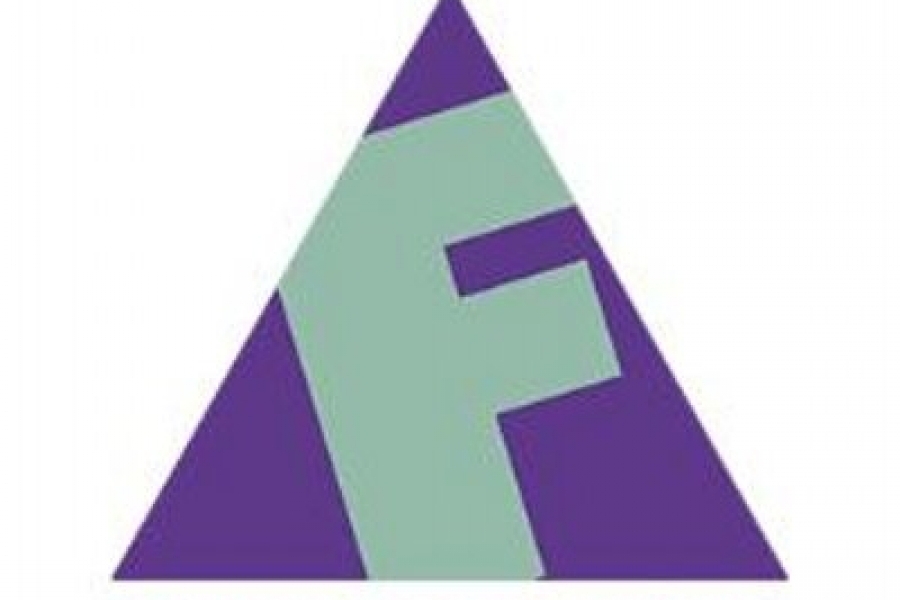Thirty-five years after the beginning of the HIV/AIDS epidemic, we have extremely effective treatments enabling people with HIV/AIDS to live a normal life. Yet, the absence of a cure for HIV after antiretroviral therapy (ART) creates multiple burdens for infected individuals such as access to life-long therapy, stigma and, increasingly, criminalization. In addition, there are challenges with continued new infections and the rising costs of health care and global resources like UNAIDS, AIDS orphans and the Global Fund are challenged with the effects of a declining economy on countries and regions hit especially hard by the epidemic. All of this has led to a focused national investment to seek new strategies to achieve a cure and/or stable remission after HIV infection.
To date, one person has been cured of HIV by a bone-marrow transplant, which is not a practical solution for all of the millions living with HIV. This single cure has spurred renowned hope that curative approaches are possible, therefore, leading to a global search for new paths to a cure. In addition to a full cure, the second area that has gathered attention is achieving a stable remission after stopping ART. This would mean a person had persistent, detectable HIV but no viral replication in the absence of ART. Several cases have supported the notion that a remission state is possible for extended periods.
While discussion of HIV treatment has focused mainly on HIV in the blood, we know that there is also HIV hidden in reservoirs in the body, and that until these can be addressed, we will not have a cure. From cure-directed studies to date, we have learned that: 1) It is possible to reduce the latent HIV reservoir in a person; 2) HIV-1 reservoirs appear to be very difficult to eliminate or prevent; 3) Bone-marrow transplants alone or early attempts to add HIV-resistant cells alone do not result in cures; 4) Prolonged absence of viral load does not mean cure; 5) Factors that mediate long-term remission of HIV-1 in the absence of ART are unclear.
A successful strategy to maintain stable remission after ART interruption or viral eradication would achieve sizable reductions of HIV reservoirs on ART before stopping ART, and also provide for the development of a successful immune-mediated response that is able to contain and then eradicate HIV upon any residual viral reactivation. Initial strategies to reduce HIV reservoirs on ART have focused on reactivating latent reservoirs or attempts to infuse resistant CD4 T cells in the presence of ART. While there are other strategies being tried, no study to date has yielded a cure or remission, so at present there is no clinical strategy that has been shown to be an alternative to continuous ART.
The National Institutes of Health (NIH) has recently committed a multi-million-dollar investment to a consortium of top HIV-cure researchers in Philadelphia under the Delaney Collaboratory to Cure HIV-1 Infection by Combination Immunotherapy initiative, named after Martin Delaney, the founder of Project Inform. Philadelphia’s HIV-cure team is one of six newly funded Collaboratories and is named the BEAT-HIV Delaney Collaboratory. The BEAT-HIV group will be funded with $23 million over five years and the partnership consists of more than 30 HIV investigators and leaders from The Wistar Institute, University of Pennsylvania and Philadelphia FIGHT, among others. This group is currently coordinating clinical trial plans for rollout in late 2017. The BEAT-HIV team is led by co-principal investigators Luis J. Montaner, D.V.M., D.Phil., director of the HIV-1 Immunopathogenesis Laboratory at The Wistar Institute Vaccine Center, and James L. Riley, Ph.D., research associate professor at the Perelman School of Medicine at the University of Pennsylvania.
The Philadelphia-based BEAT-HIV Delaney Collaboratory will focus on four central objectives. First, identify the best approach to target immunotherapy against HIV by investigating how the virus persists in blood versus tissue sites. Second, test clinical strategies together that have already been tested individually with some degree of promise. Specifically, trials will open in Philadelphia (contact Philadelphia FIGHT for added information) to test the effects of IFN-α immunotherapy with broadly neutralizing anti-HIV antibodies. Third, researchers will test the effects of combining gene therapy to make resistant cells while providing them with novel features to kill HIV-infected cells. Finally, they will engage the community in HIV cure awareness and integrate feedback into the research process.
Along with the scientific team, advancing a cure in Philadelphia will require that the HIV community continues to support ongoing efforts — as they have been doing since the start of the epidemic with support from the Penn Center for AIDS Research (CFAR). A BEAT-HIV community advisory board is now forming to provide feedback to the entire research team and foster awareness in the community about ongoing cure-directed studies. Strong community engagement is critical to the success of BEAT-HIV so we trust you will stay informed and inform all who may be interested in HIV cure-related trials to get involved and be part of ending HIV in our lifetime.
The BEAT-HIV team is led by co-principal investigators James L. Riley, Ph.D., research associate professor at the Perelman School of Medicine at the University of Pennsylvania, and Luis J. Montaner, D.V.M., D.Phil., director of the HIV-1 Immunopathogenesis Laboratory in The Wistar Institute Vaccine Center at The Wistar Institute.
